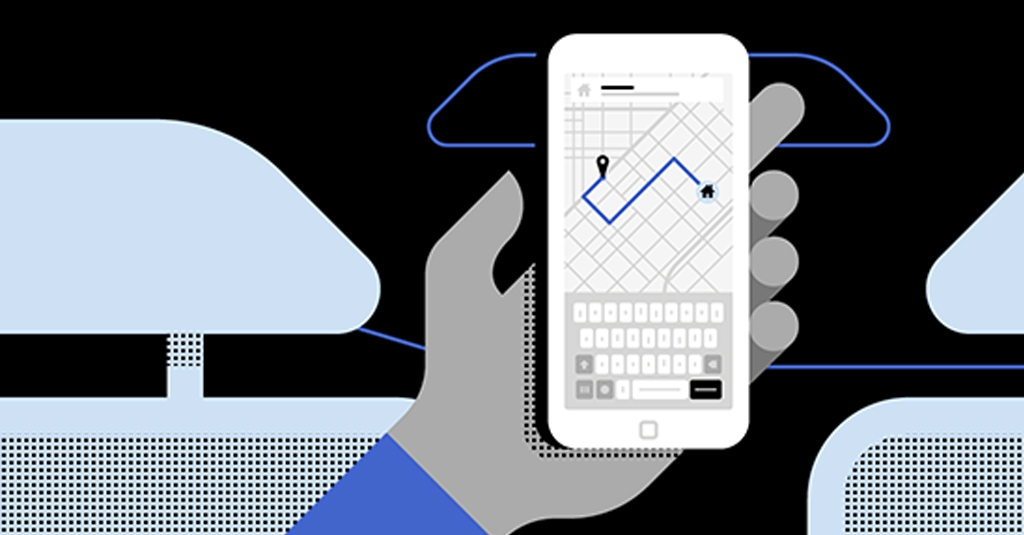Over the last decade, mobile learning has set its forefronts for effective corporate training strategy, in both formal and informal training experiences. With an ever-evolving demand to access bite-sized content, the use of personalized mobile devices has also improved. A significant feature of mobile learning is that it increases ease of access to online learning across personalized smartphones and tablets. With an increasing use of performance support tools in the form of infographics, videos, flashcards and more, learners leverage the benefit of just-in-time training. Modern learners prefer learning which is instant, customized, agile and real-time, so there is a need to ‘uberize’ corporate training experience. Uberization is the new term for innovation, disruption and a hyper-connected world where learning is just a few clicks away.
The concept of uberization is defined as the blend of smartphone access with voluminous real-time data on supply and demand. Let us understand how uberization is associated with workplace learning:
- Deliver content on personalized mobile devices
Similar to booking an Uber cab at any point of time, the modern workforce expects the availability of training content at their fingertips. As Uber app allows customers to track their route, modern mobile learning apps enable users to view their learning path which is customized to their individual roles and growth. Today, organizations no more focus on delivering one-size-fits-all learning solutions. Instead, they deliver what is required by modern learners on their personalized mobile device. Organizations adopt a pull approach to enable the learners traverse their learning path. Like Uber app, learners expect the same experience where they have the freedom to learn anytime and anywhere. - Impart continuous learning
Uberizing the learning program is no more related to delivering a one-time training session, launching it and moving forward to repeat the process. It is a constant effort that has eventually become, a new way of doing things. Uberization requires a constant scanning of the learning system, analyzing how external changes can impact the workplace growth, from the need to upskill or re-skill existing workforce to hiring talent professionals. - Promote sharing and collaboration
Today’s economy is all about delivering customized content, supporting collaboration, shared value co-creation and more. It is the time for organizations to realize that modern learners are active participants in the entire system, and not just consumers of e-courses. L&D teams are gradually becoming facilitators, to provide the right blend of tools and technology to the users to- co-create value in collaboration with each other. Modern learners are on the verge of collaborating with each other and forming a community. This encourages a different approach where the trainers, managers, leaders, Human Resources and others collectively acquire the role of facilitator to encourage transparency, co-creation and collaboration. - Give instant feedback Uber provides the rating feature for both users as well as drivers to maintain astandard quality of service. L&D departments adopt this approach on how learners rate their training experience, understand the content and give feedback. As a result, this approach encourages learners to work on their weak areas and boost the overall competency. Genuine feedback comes with an aim to offer insight, thereby encouraging practice and change for a better experience.
With more number of organizations striving to improve employee performance and overall business growth, demand for mobile learning apps will consequently rise in the future. Today, L&D departments no more remain in an isolated bubble to effectively design e-courses, therefore prefer uberizing corporate learning to drive lucrative outcomes.








